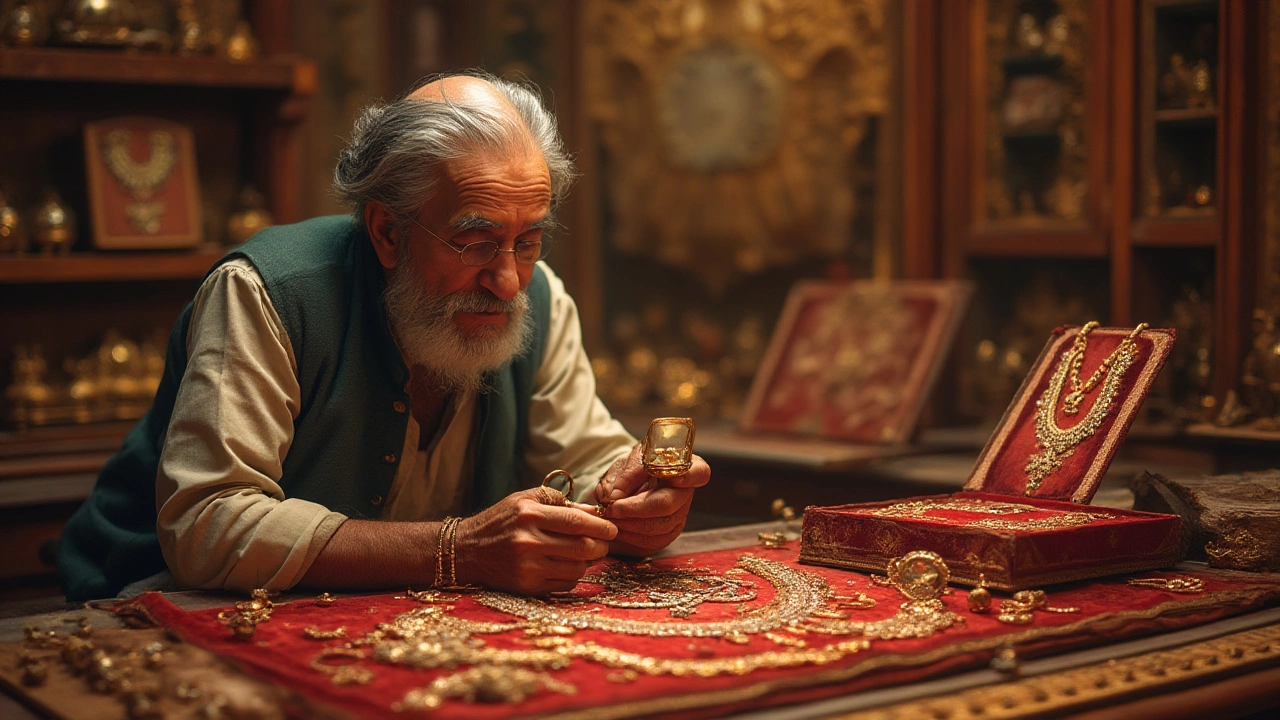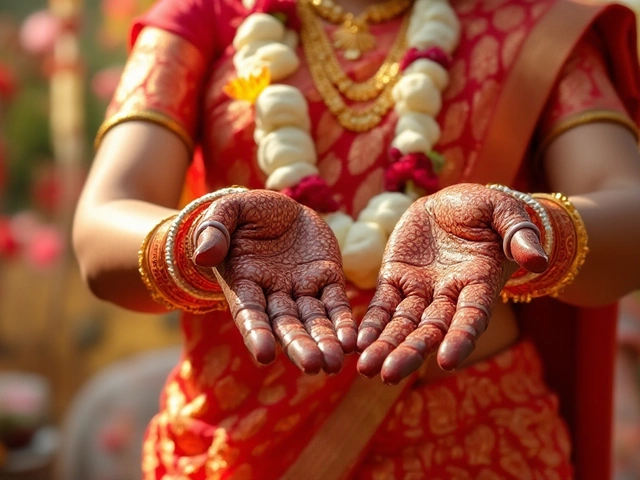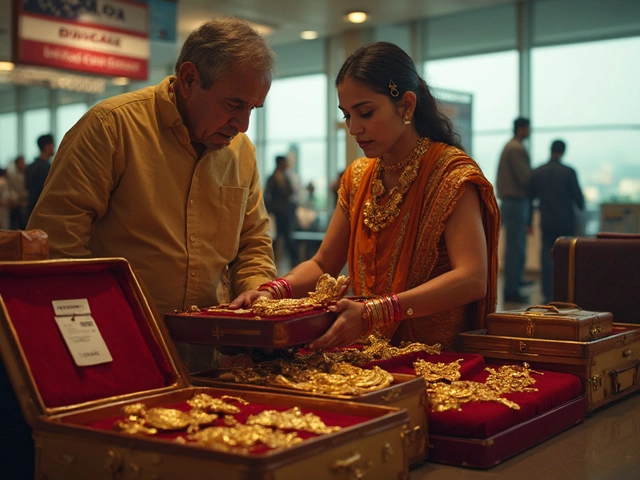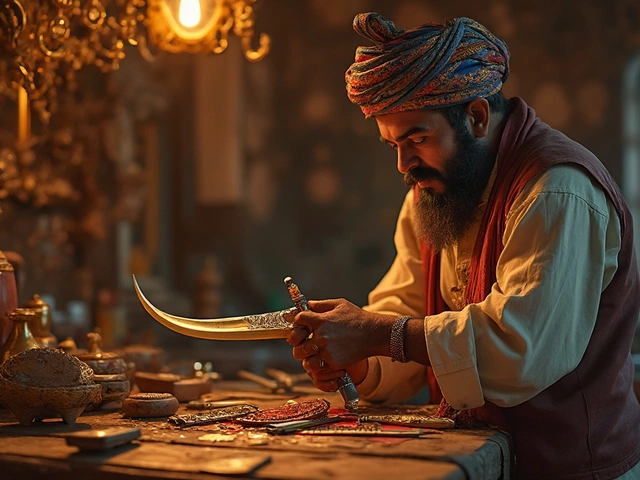How Old Is Antique Jewelry? Quick Ways to Find Out
If you’ve ever wondered whether that family heirloom is from the 1800s or just a retro piece from the 80s, you’re not alone. Knowing the age of a jewelry item helps you appreciate its story and decide if it’s worth a higher price. Below are straight‑forward clues you can use right at home.
Look at the Hallmarks and Stamps
Most metal jewelry carries a tiny stamp that tells the metal’s purity and sometimes the maker’s name. In India, a “BIS” hallmark means the piece meets government standards and often includes a year code. For gold, 916 means 22‑karat, while 875 signifies 21‑karat. Silver usually shows 925 for sterling. If you see a maker’s logo without a date, look it up online – many old silversmiths stopped using their mark after the 1970s.
Style Details Reveal the Era
Design trends changed a lot over the centuries. Here’s a quick cheat sheet:
- Victorian (1837‑1901): Intricate filigree, hidden compartments, and motifs like serpents or hearts.
- Edwardian (1901‑1910): Light, lace‑like settings with lots of diamonds and milgrain borders.
- Art Deco (1920‑1935): Bold geometric shapes, sunburst patterns, and contrasting colors.
- Mid‑Century (1940‑1960): Simple, streamlined forms, often in yellow gold or mixed metal.
- Retro/70s‑80s: Chunky settings, colorful enamel, and large gemstones.
Match these visual cues with the hallmark you found – it gives you a narrow date range.
Another tip: Check the clasp or hinge. Early pieces used soldered joints, while post‑World War II designs often feature screw‑back or spring‑loaded clasps. The type of backing can narrow the period by a few decades.
Materials and Techniques Matter
Older jewelry often used hand‑cut stones and natural diamonds, which show irregular facets. Modern pieces frequently have laser‑cut stones that look perfectly uniform. If the gold looks slightly uneven or the finish is matte, it could be older, because early polishing tools left a softer shine.
Gemstone treatments also give clues. For example, “cushion‑cut” diamonds were popular in the 19th century, while “brilliant‑cut” dominates today. If a piece mentions a coating like rhodium, that technology didn’t appear until the 20th century.
Ask an Expert When in Doubt
Even with these tricks, some items are tricky. A professional appraiser can run a hallmarks database check, examine metal composition, and give a written age estimate. Many jewelers offer free quick assessments for small pieces.
When you’re ready to sell or insure a piece, get a formal appraisal that includes the estimated age, metal content, and any historical significance. That document protects you and adds credibility for buyers.
Bottom line: Combine hallmark reading, style clues, and material checks for the best guess at how old antique jewelry is. With a little practice, you’ll spot a genuine vintage treasure in seconds.
How Old Must Jewelry Be to Be Considered Antique? Modern Guide to Antique Jewelry Age
Wondering what makes jewelry 'antique'? Learn the key age cutoff, insider facts, dating tips, and what separates antique pieces from vintage.





